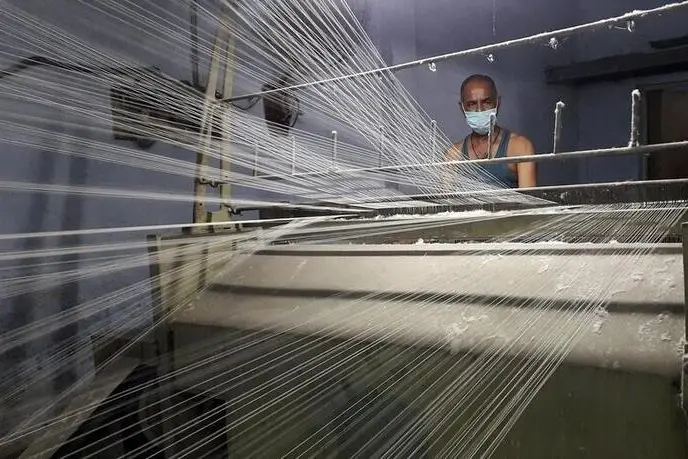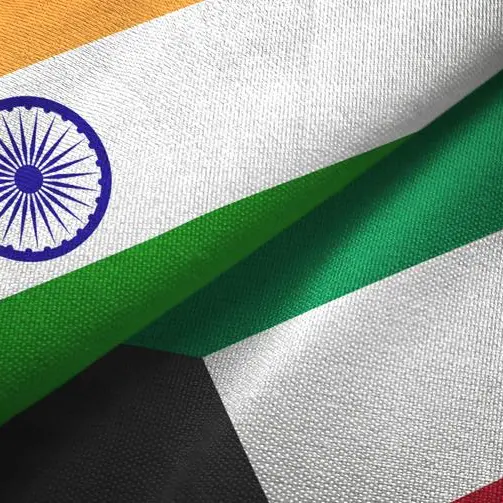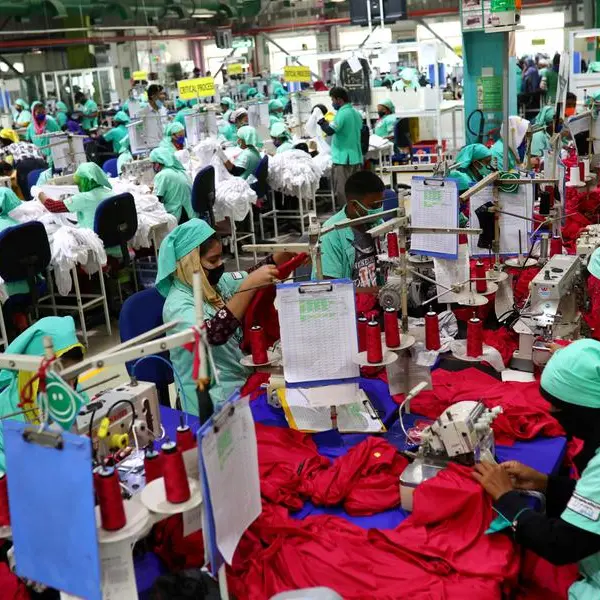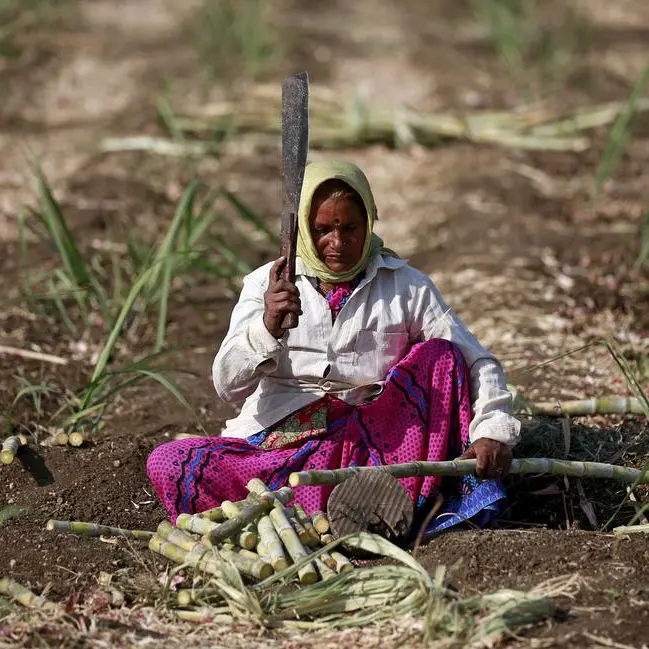PHOTO
NEW DELHI - India's $200 billion textile and apparel industry is facing a crisis as consumers in the United States, Europe and other big markets have cut spending on clothing following a surge in inflation after the war in Ukraine, industry officials said.
While the overall economy is relatively strong and is outperforming major economies, the textile sector is a notable exception and orders suggest the downturn will continue well into 2023, raising the risk of layoffs in an industry that employs more than 45 million people.
Exports, which constitute about 22% of the industry, have fallen for five months in a row - declining over 15% year-on-year in November to $3.1 billion. Domestic sales are sluggish despite strong growth in the overall economy because of high costs and cheap imported garments, manufacturers say.
After bumper sales earlier this year, local textile factories are now cutting production - contributing to a 4.3% contraction in manufacturing output in July-September quarter that has raised concerns among policymakers.
The shock comes as Prime Minister Narendra Modi's government struggles to create employment for millions of youngsters entering the job market each year.
After 18 months of robust growth through mid-2022, global retail sales of clothing have been dragged down by high inflation and depressed consumer sentiment, and prospects for 2023 look gloomy, a McKinsey report said last month.
In India, the manufacturing sector, contributing 16% of GDP, has been hit by rising raw material costs and weak demand, despite bright growth elsewhere. Manufacturing showed no signs of growth in the first half of the current April-March fiscal year while the overall economy, helped by agriculture and services, expanded 6.3%.
Textile manufacturers, along with makers of footwear, furniture, electronic and electricals, have been hit as companies battle to pass on rising input costs, while consumers have cut expenditure on these products as they spend more on food and fuel.
In the textile industry, manufacturers say higher domestic cotton prices and other costs have hit profit margins, while overseas orders for next summer are down by about one-third and domestic demand remains weak.
"We see difficult times at least for the next six months as orders from major markets including the EU and the USA have come down substantially," said Naren Goenka, chairman, Apparel Export Promotion Council, citing inflation and global headwinds hitting domestic sales as well.
Sahid Khan, a garments manufacturer in Ahmedabad, the textile hub in Modi's home state of Gujarat, said despite a fall in cotton prices by about 40% from record highs hit in 2022, profit margins were down due to lower sales in the domestic market.
"Interest rates on bank loans have gone up along with labour costs, but my sales are down," he said adding that domestic cotton prices remained high compared to global prices, and manufacturers were unable to compete with cheap imports from Bangladesh.
Local cotton is at least 10% more expensive than global benchmarks, said Atul Ganatra, president of the Cotton Association of India (CAI).
"The government needs to scrap the 11% import duty on cotton so local textile mills can have a level playing field," Ganatra said. "This will allow mills to have options to import cotton from overseas which is nearly 10 cents per pound cheaper than local supplies."
Shares of leading textile companies like Arvind Ltd , Vardhman Textiles, Trident and Nahar Spinning Mills have plunged between 20% and 40% this year, while the benchmark Nifty is up over 7%.
The industry has sought duty free imports of cotton, an interest subsidy on bank loans and expansion of production linked incentives to face the crisis.
The government could soon consider the demands, and an announcement is likely in the annual budget due in February, said a government official with direct knowledge of matter, asking for anonymity as he was not authorised to speak to media.
FEAR OF JOB CUTS
Many textile manufacturers, who have frozen hiring of workers, have warned of jobs cuts if the government fails to provide relief soon.
In Tirupur, a knitwear manufacturing hub in southern India employing over 600,000 workers, many small firms have slashed the workforce as they say they are operating on less than 50% capacity.
With annual production worth over $8 billion for domestic and overseas markets, the local industry fears it will suffer up to a one-third fall in exports this year from $4.5 billion in 2021/22, said Raja Shanmugham, former president of the Tirupur Exporters' Association.
"There are few orders for next summer," he said, adding big retailers were asking for heavy discounts to lift earlier booked orders.
Sales in the domestic market, which usually pick up during the festival and marriage season starting October, were weak this year, he said.
Chandira Kumar, head of Sentinel Clothing in Tirupur, said he had let go two-thirds of his workers and was left with 150, as he was finding it difficult to survive on thin profit margins and few orders.
"If the current trend continues, I may soon have to shut down the factory," he said.
($1 = 82.5050 Indian rupees)
(Additional reporting by Amit Dave in Ahmedabad; Graphic by Riddhima Talwani; Editing by Raju Gopalakrishnan)






















